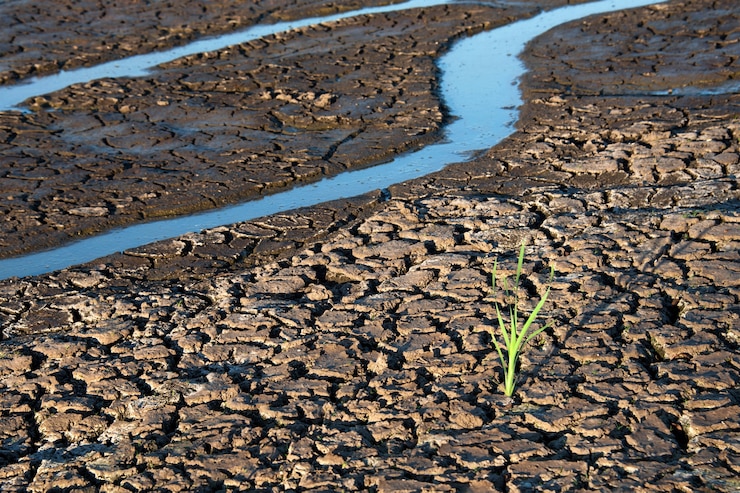Understanding weather and climate patterns is crucial for making effective farming decisions. By analyzing historical and current weather data, farmers can gain insights into the climate patterns of their region, predict weather conditions, and make informed choices about crop selection, planting schedules, irrigation management, and pest control.
Here are some key points to consider when using weather and climate information for farming decisions:
- Climate Analysis: Farmers should analyze long-term climate data for their region to understand the overall weather patterns, including average temperatures, rainfall amounts, and seasonal variations. This analysis helps in selecting suitable crops that thrive in the local climate conditions.
- Weather Forecasting: Utilizing short-term weather forecasts can aid in making immediate farming decisions. Farmers can anticipate temperature changes, precipitation events, and extreme weather conditions like storms or frost, allowing them to take appropriate actions to protect their crops.
- Crop Selection: Understanding the climate patterns enables farmers to choose crops that are well-suited for their region. Certain crops have specific temperature, humidity, and rainfall requirements, so selecting varieties that can thrive in the local climate conditions can increase the chances of a successful harvest.
- Planting Schedule: Weather patterns play a crucial role in determining the optimal planting schedule. Farmers should consider the average last frost date in the spring and the first frost date in the fall, as well as the temperature and moisture conditions required for successful seed germination and crop growth. By aligning planting activities with favorable weather conditions, farmers can maximize their crop yield.
- Irrigation Management: Monitoring weather forecasts and using historical precipitation data can assist farmers in managing irrigation effectively. By tracking rainfall patterns, they can adjust irrigation schedules and conserve water resources during periods of ample rainfall, while ensuring adequate irrigation during dry spells to support crop growth.
- Pest and Disease Management: Weather conditions impact the prevalence of pests and diseases. By understanding the relationship between weather patterns and pest outbreaks, farmers can implement preventive measures or schedule pesticide applications at the appropriate times. For example, certain pests thrive in warm and humid conditions, so farmers can take proactive steps during such periods to minimize crop damage.
- Crop Insurance: Weather and climate information can be useful when purchasing crop insurance. Insurance providers often consider historical climate data to assess the risk associated with specific crops in a given region. Understanding the climate patterns can help farmers make informed decisions about insurance coverage and mitigate potential losses due to adverse weather events.
- Adapting to Climate Change: Climate change can bring significant changes to weather patterns, including increased frequency of extreme weather events and shifts in temperature and precipitation. Farmers should stay informed about long-term climate projections and consider implementing adaptive strategies, such as changing crop varieties, adjusting planting dates, and adopting sustainable farming practices, to mitigate the effects of climate change on their operations.
It is important for farmers to access reliable weather data from trusted sources, such as national meteorological agencies or online weather services, to make informed decisions. Additionally, consulting with agricultural experts or local farming communities can provide valuable insights and knowledge specific to the region.
Join 'Farmers Mag' WhatsApp Channel
Get the latest Farming news and tips delivered straight to your WhatsApp
CLICK HERE TO JOIN






